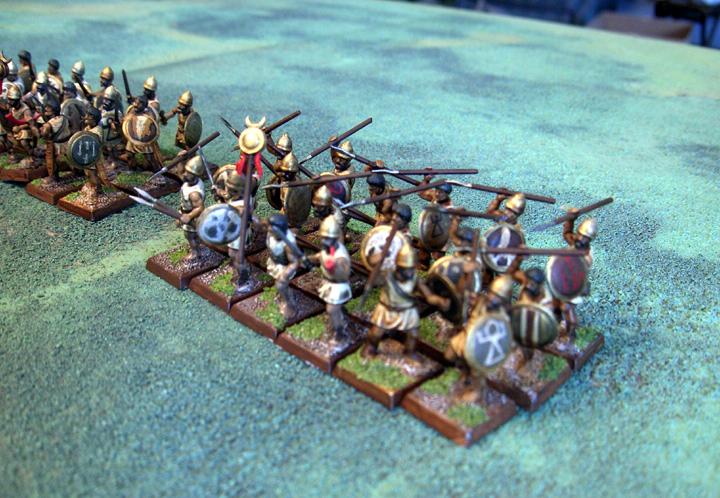
The Chronostrife is a bitter, ongoing internal conflict within the Inquisition's Ordo Chronos over the Imperium of Man's standard dating system that occurred during the Era Indomitus.
8.6 Emergence of the T'au Empire (M37-M41). 3.1 Age of Terra and the Stellar Exodus (M1-M15). 2.5 Biotransference and the Rise of the Necrons. 2.3 The Necrontyr and the Wars of Secession. Over the years, old truths have been lost to the "adjustments" and redactions made by revisionists of the Adeptus Ministorum, the Inquisition and even the High Lords of Terra themselves. With flickering candlelight provided by floating Servo-skulls, processions of curators, scriveners, and ciphers wind through the valleys, attempting to illuminate that which was. The largest and most complete collection of such records exists beneath the surface of Terra, where the colossal under-halls stretch out of sight - endless vistas of datascrolls tower upwards like mountains. The ability, or even desire, to translate what these facts mean in any larger sense is almost entirely absent, found only in a few individuals who are eyed suspiciously, or perhaps punished for their enthusiasm. Now, however, it is most often an indiscriminate compilation of data, a process where scribes unthinkingly copy content onto scrolls, preserving complete records in constant fear of missing a single inconsequential letter. Once, perhaps, this was done with purpose. The historitors of the Adeptus Administratum seek, gather and dutifully collect the history of each planet within the Imperium. Some historitors continue to seek knowledge, but their work can be compared to holding a candle against the dark abyss. Knowledge of the long ages of Human history has been wreathed in shadow, buried beneath the aeons or simply lost over the expanse of time. All dates are given in the format 999.M41, which should be read as the year 40,999 A.D. This is the time period in which the perspectives of the Imperium of Man and the Aeldari are particularly relevant and it represents the present time. Throughout, comparative references to present dates will be made with respect to the original Imperial Calendar used before the birth of the Great Rift. This article briefly summarises the known historical events of the Milky Way Galaxy from Human prehistory up through the 41st Millennium in the Warhammer 40,000 setting. They are recorded as a weapon of Tudor archers as late as 1562." Peace? There cannot be peace in these times."Ī historitor-investigatus of the Logos Historica Verita seeks to piece together the true and objective history of Mankind. 
Other references during the century (for example, in Charles the Bold's 1472 Ordinance) suggest continued use. At the Battle of Agincourt, English longbowmen are recorded as using lead mauls, initially as a tool to drive in stakes but later as improvised weapons. Ī particular use of the maul was by archers in the 15th and 16th centuries. Later in the same year, Froissart records French men-at-arms using mauls at the Battle of Roosebeke, demonstrating that they were not simply weapons of the lower classes. During the Harelle of 1382, rebellious citizens of Paris seized 3000 mauls ( French: maillet) from the city armory, leading to the rebels' being dubbed Maillotins.

The use of the maul as a weapon seems to date from the later 14th century. Similar in appearance and function to a modern sledgehammer, it is sometimes shown as having a spear-like spike on the fore-end of the haft.

Against mounted opponents, the weapon could also be directed at the legs of a horse, toppling the armored foe to the ground where they could be more easily attacked.Ī maul is a long-handled hammer with a heavy head, of wood, lead, or iron. The spike end could be used for grappling the target's armor, reins, or shield, but could not penetrate the surface of plate armor, especially after the rise of surface-hardened steel in the 15th century. Later war hammers often had a spike on one side of the head, making them more versatile weapons. War hammers, especially when mounted on a pole, could in some cases transmit their impact through helmets and cause concussions. Long war hammers were pole weapons, or polearms, meant for use on foot, whereas short ones were used from horseback. The length of the handle may vary, the longest being roughly equivalent to that of a halberd (5 to 6 feet or 1.5 to 1.8 meters), and the shortest about the same as that of a mace (2 to 3 feet or 60 to 90 centimeters). A war hammer consists of a handle and a head.







 0 kommentar(er)
0 kommentar(er)
